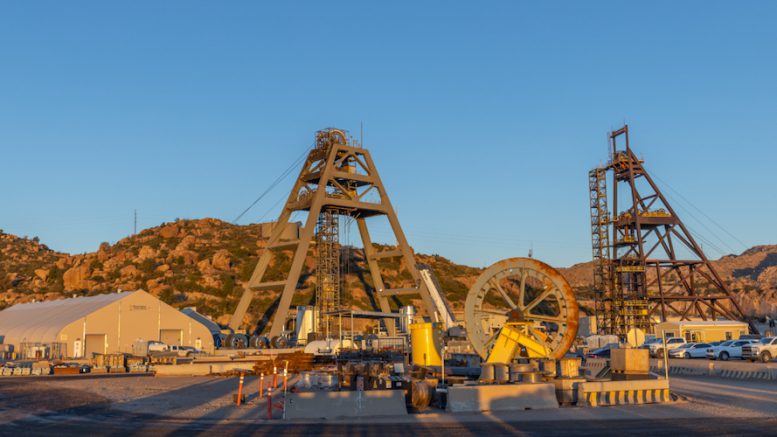The U.S. Supreme Court declined on Tuesday to hear an appeal by the Apache Stronghold seeking to block the development of the Resolution Copper mine in Arizona. The mine is a joint venture between Rio Tinto (ASX, LON, NYSE: RIO) and BHP (NYSE, LSE, ASX: BHP).
The advocacy group comprising members of Arizona’s San Carlos Apache Tribe and conservationists challenged a lower court decision that permitted a federal land swap, allowing the mining companies to acquire sacred Apache land for the project.
A federal judge in Arizona had temporarily halted the land transfer on May 8, pending the outcome of the Supreme Court appeal.
The Resolution Copper project is 55% owned by Rio Tinto and 45% by BHP, with Rio Tinto serving as the operator. The companies have already invested over $2 billion into the project, which is poised to become North America’s largest copper mine. It contains the third-largest known copper deposit globally and could meet over a quarter of US copper demand for decades.
Sacred site
Apache Stronghold first filed suit in 2021, claiming the project violates constitutional and statutory protections for religious freedom. They argue the mine would destroy Oak Flat, known as Chi’chil Biłdagoteel in the Apache language, a sacred site where Western Apaches have conducted ceremonies for generations, including a traditional four-day coming-of-age ritual for young women.
The group also says the mine would violate an 1852 treaty in which the U.S. government promised to protect Apache lands and ensure the tribe’s “permanent prosperity and happiness.”
Congress authorized the land swap as part of a 2014 defence spending bill signed by then-president Barack Obama. The legislation allowed Rio Tinto and BHP to exchange private lands for Oak Flat, located about 113 km east of Phoenix.
The transfer was contingent on the completion of an environmental impact statement, which was released in January 2021, during the final days of the Trump administration. However, in March 2021, the Biden administration withdrew the statement, halting the transfer temporarily.
The U.S. Forest Service is expected to reissue the environmental report, potentially allowing the land swap to proceed as early as June 16.
Copper ambitions
Rio Tinto is ramping up its copper portfolio to meet growing global demand, which analysts predict will soon outpace supply.
The company’s Oyu Tolgoi mine in Mongolia began underground production in 2023 and is projected to become the world’s fourth-largest copper mine by 2030.
In Peru, Rio Tinto has partnered with Chile’s state-owned Codelco and Canada’s First Quantum Minerals (TSX: FM) to develop the La Granja project, one of the world’s largest untapped copper deposits.
Rio is also investing in cleaner extraction technologies, including Nuton – a bioleaching process developed with Arizona Sonoran Copper (TSX: ASCU) – to recover copper from tailings and low-grade ores.


Be the first to comment on "US Supreme Court rejects Apache appeal to block Rio Tinto’s Resolution mine"